Inventory Management vs. Warehouse Management
The Logistics of Logistics
FEBRUARY 11, 2022
So, as an example, the IMS tracks and reports that there are 30 widgets in Warehouse A, 25 in Warehouse B, 48 in Manufacturing Plant A, and so on. The first is what may be called “soft inventory allocation,” which means as orders are placed, the system will reserve the needed quantities of inventory in each node (warehouse, etc.)


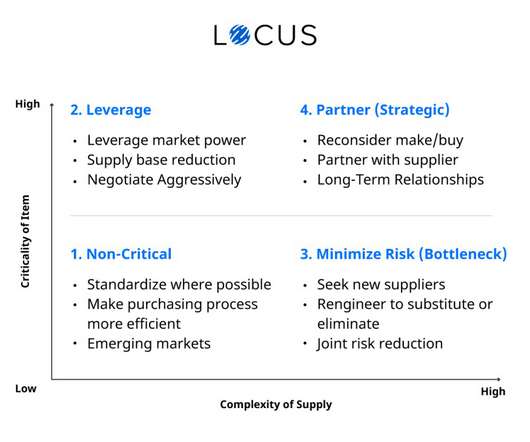

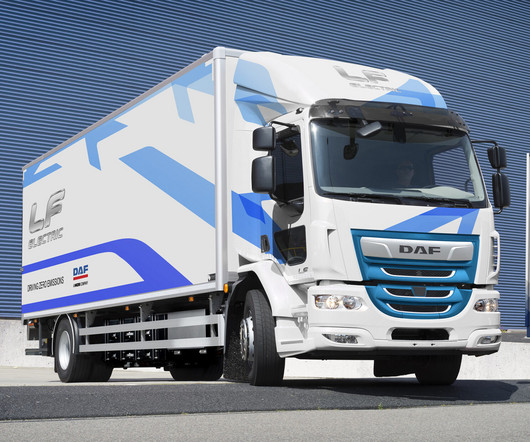


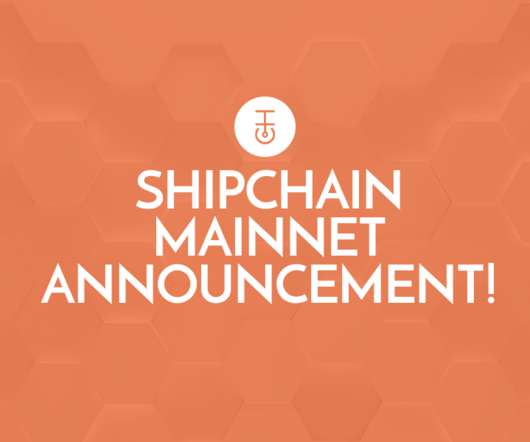

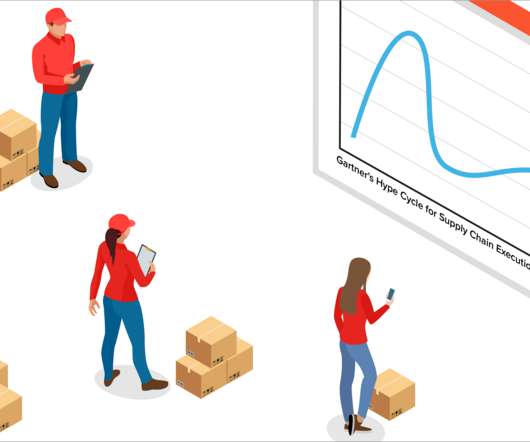


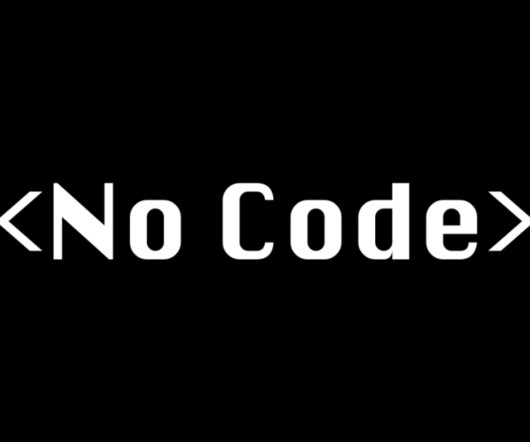









Let's personalize your content